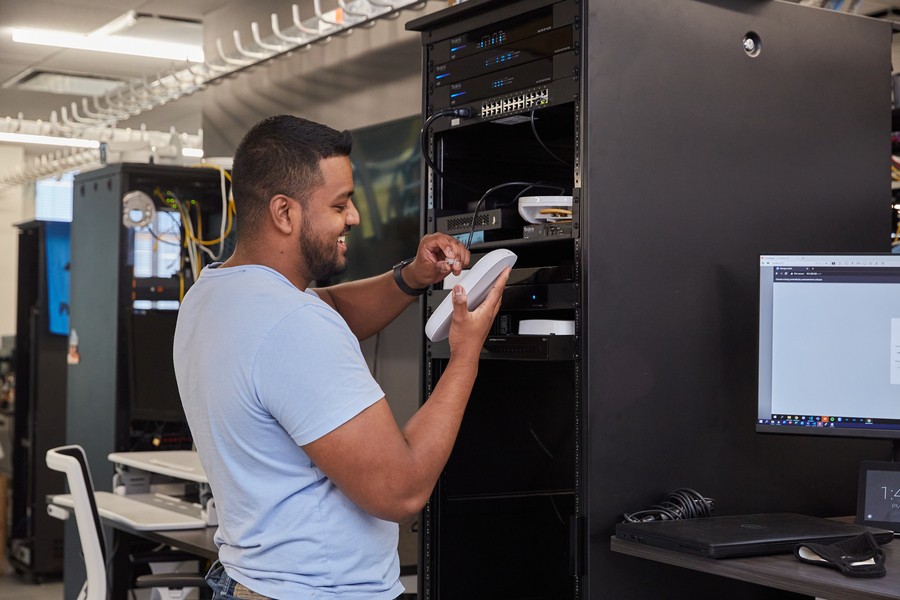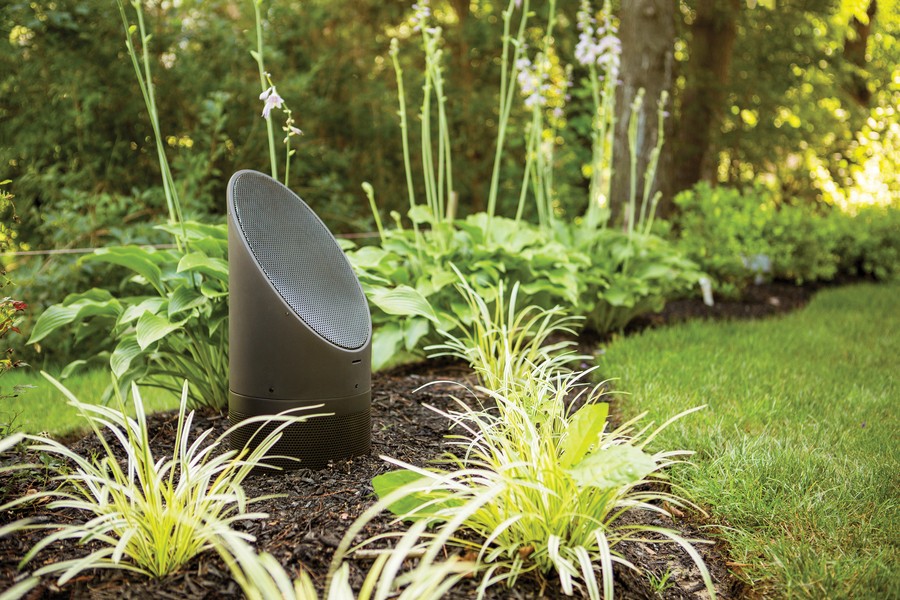WORK WITH A HOME AUTOMATION COMPANY PREPARED TO MEET YOUR UNIQUE NEEDS
Smart home technology has gained immense popularity in recent years. With so many devices and systems available, it can be overwhelming for people to know what will work best in their homes. That's where a professional home automation company comes in. They'll advise you on what to include in your system and ensure all your devices work together.
By partnering with an industry expert, you can make the most of your smart home investment and enjoy a seamless and tailored experience. But how do you find the right technology partners? Keep reading to find out.








